Posts
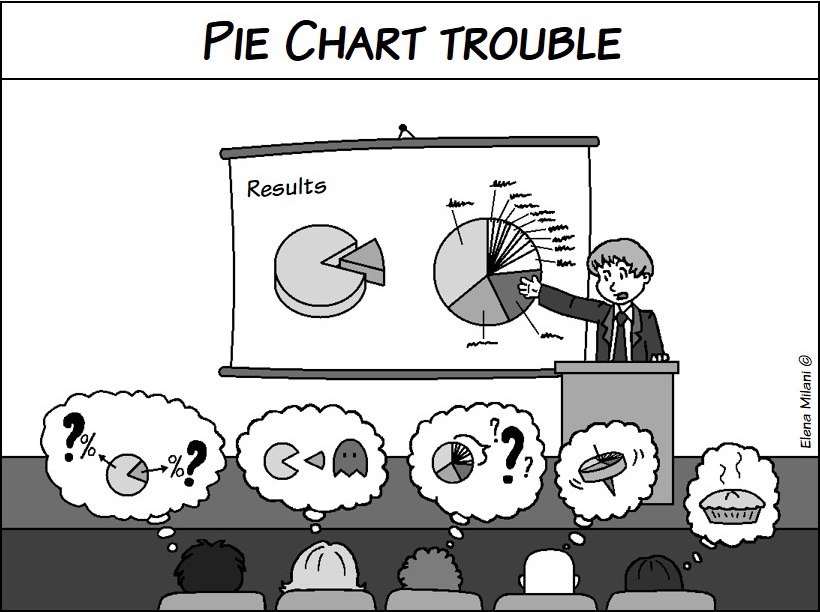
Amanda Montañez: “Cajal is an icon in the field of scientific drawing”
The Nobel Prize winner Santiago Ramón y Cajal is often mentioned as a researcher who used his drawing skills extensively to make scientific progress. Medical illustrator Amanda Montañez describes why.
In a blog post at Scientific American,…
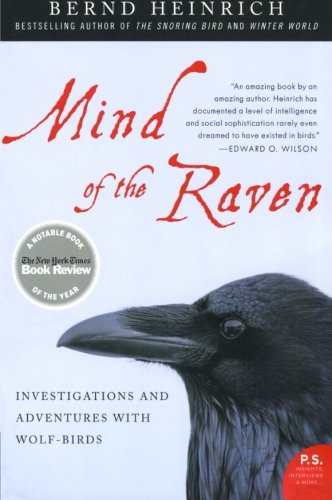
Bernd Heinrich, scientist and artist: “Our perceptions change with closer observation”
Interview with Bernd Heinrich, professor emeritus from the University of Vermont about the use of sketching and drawing as tools of science. Professor Heinrich is the author of bestselling, illustrated books in which he shares his reflections and observations about nature.

Vip Sitaraman, Draw Science founder: “ There is widespread disenchantment with the current mode of science publishing”
Vip Sitaraman, bio student from University of Arizona, has stirred up some attention with his project Draw Science – the world’s first open access journal entirely based on visual explanations.
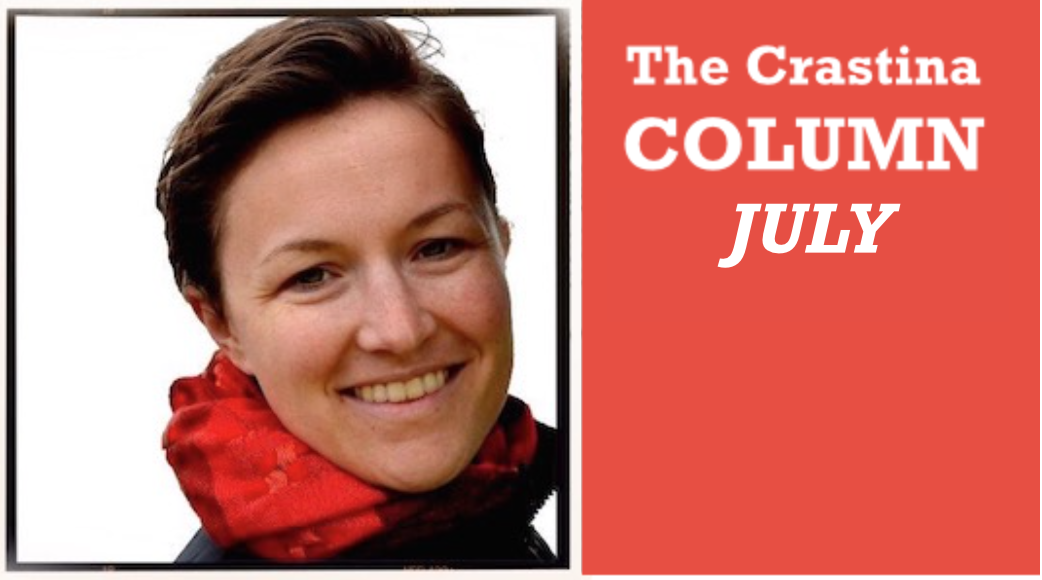
Why scientists (even nonartists) should draw (Bethann G. Merkle, July 2015)
Drawing is not an archaic skill; it is an essential part of the modern scientist's toolkit. Science communicator/illustrator Bethann Garramon Merkle explains why.
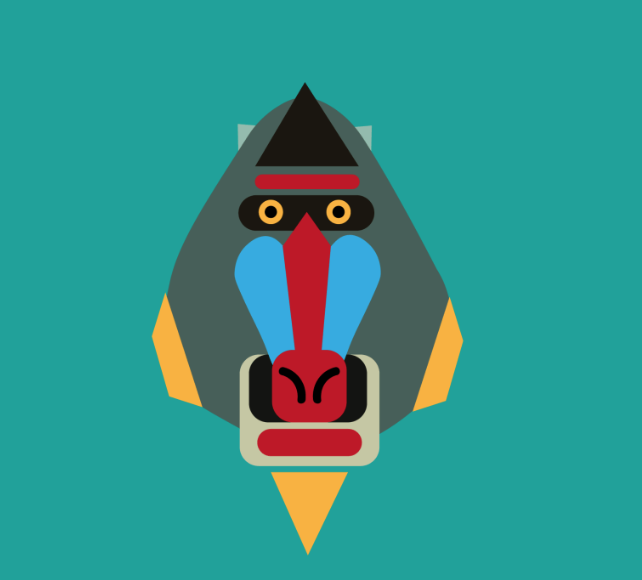
deSciphered – science for visual learners
Making science more accessible by summarising research with simple graphics – that is the idea of deSciphered, a project initiated by the Cambridge student George Foot.
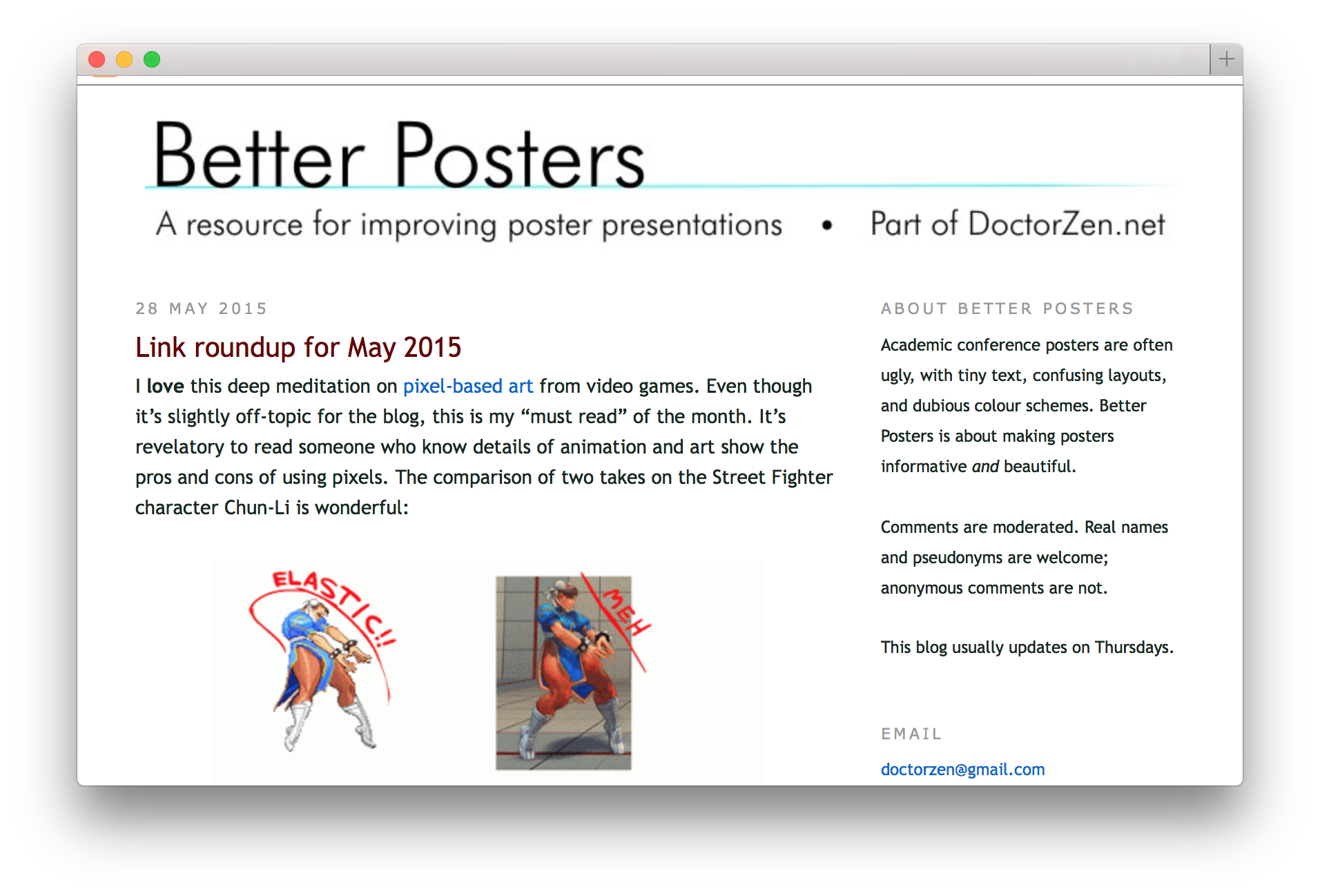
Zen Faulkes, Better Posters: “No frickin’ Comic Sans”
“[The blog] Better Posters is about making posters informative and beautiful”. Meet invertebrate neuroethologist Zen Faulkes at The University of Texas-Pan American.

Designing better graphs, part 1: Pie charts—popular but sometimes unclear
This is the first of a three part tutorial where Elena Milani (@biomug on Twitter), a science communicator with a neurobiology background, gives some advice on how to use graphs in a more effective way.

